Bio
My name is 张楚炎 or Chuyan Zhang. I am a project assistant / PhD student at TU Wien, advised by Prof. Michael Wimmer. My research interests are about photorealistic rendering, including geometry representations, sampling algorithms and high performance rendering systems. You can find my profile page at here.
Before joining TU Wien, I spent two wonderful years at UC Santa Barbara, where I had the privilege of being advised by Prof. Lingqi Yan. I did my undergraduate study at Tsinghua University working with Prof. Kun Xu.
I'm working on an experimental vulkan ray tracer named project iris.
Education
-
B.E. in Computer Science & Technology, 2019-2023.
Department of Computer Science & Technology, Tsinghua University
-
M.S. in Computer Science, 2023-2025.
Department of Computer Science, UC Santa Barbara
-
Project Assistant / Ph.D. in Computer Graphics, 2025-now.
Institute of Visual Computing & Human-Centered Technology, Research Unit of Computer Graphics, TU Wien
Publications
2022
LuisaRender: A High-Performance Rendering Framework with Layered and Unified Interfaces on Stream Architectures
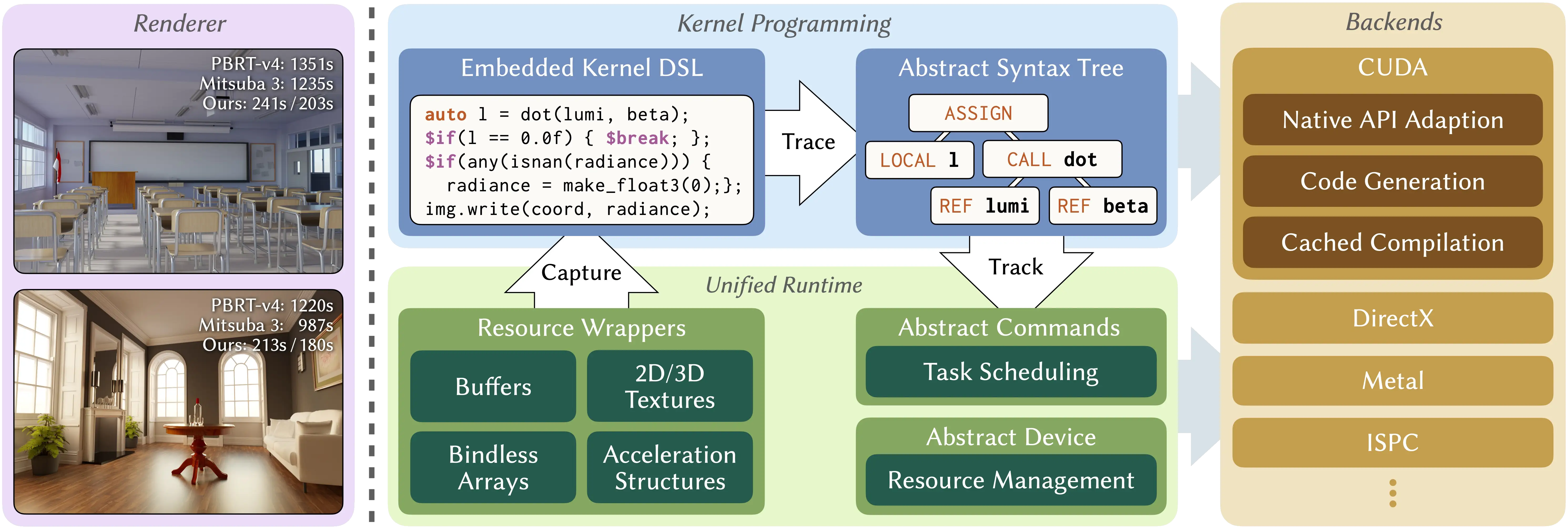
Shaokun Zheng, Zhiqian Zhou, Xin Chen, Difei Yan, Chuyan Zhang, Yuefeng Geng, Yan Gu, Kun Xu
SIGGRAPH Asia 2022 (Journal Track)
Previous Work
During my Master's study, I have worked on three different projects related to various aspects of rendering.
- Level-of-Detail for 3D Gaussian representation (Oct. 2023 - Mar. 2024):
This project was a direct follow-up of 3D Gaussian Splatting for Real-Time Radiance Field Rendering, aiming to address the high storage overhead of 3D Gaussian Splatting using Level-of-Detail techniques.
During preprocess, our method merges Gaussians progressively based on geometric and color metrics, and creates a tree-structured hierarchy of Gaussians. During rendering, we choose a top-down cut of the tree hierarchy to eliminate overcrowded Gaussians while maintaining visual quality.
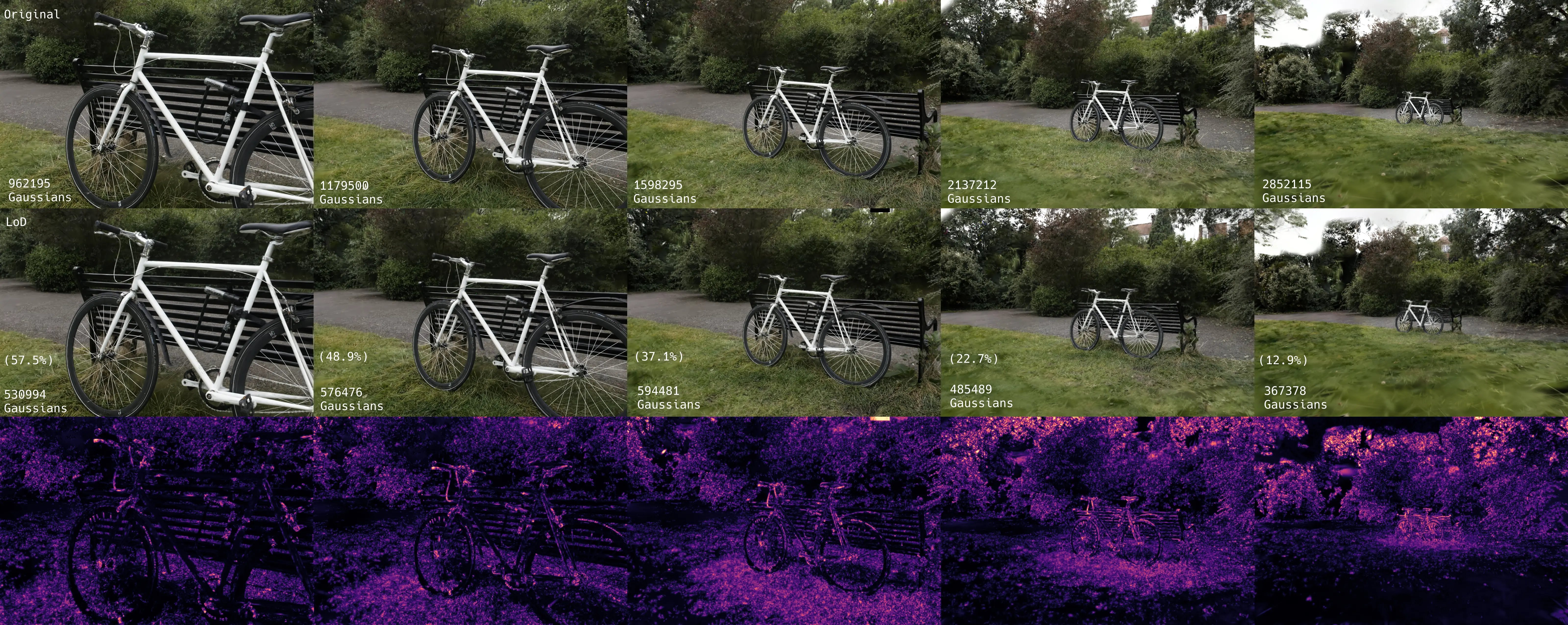
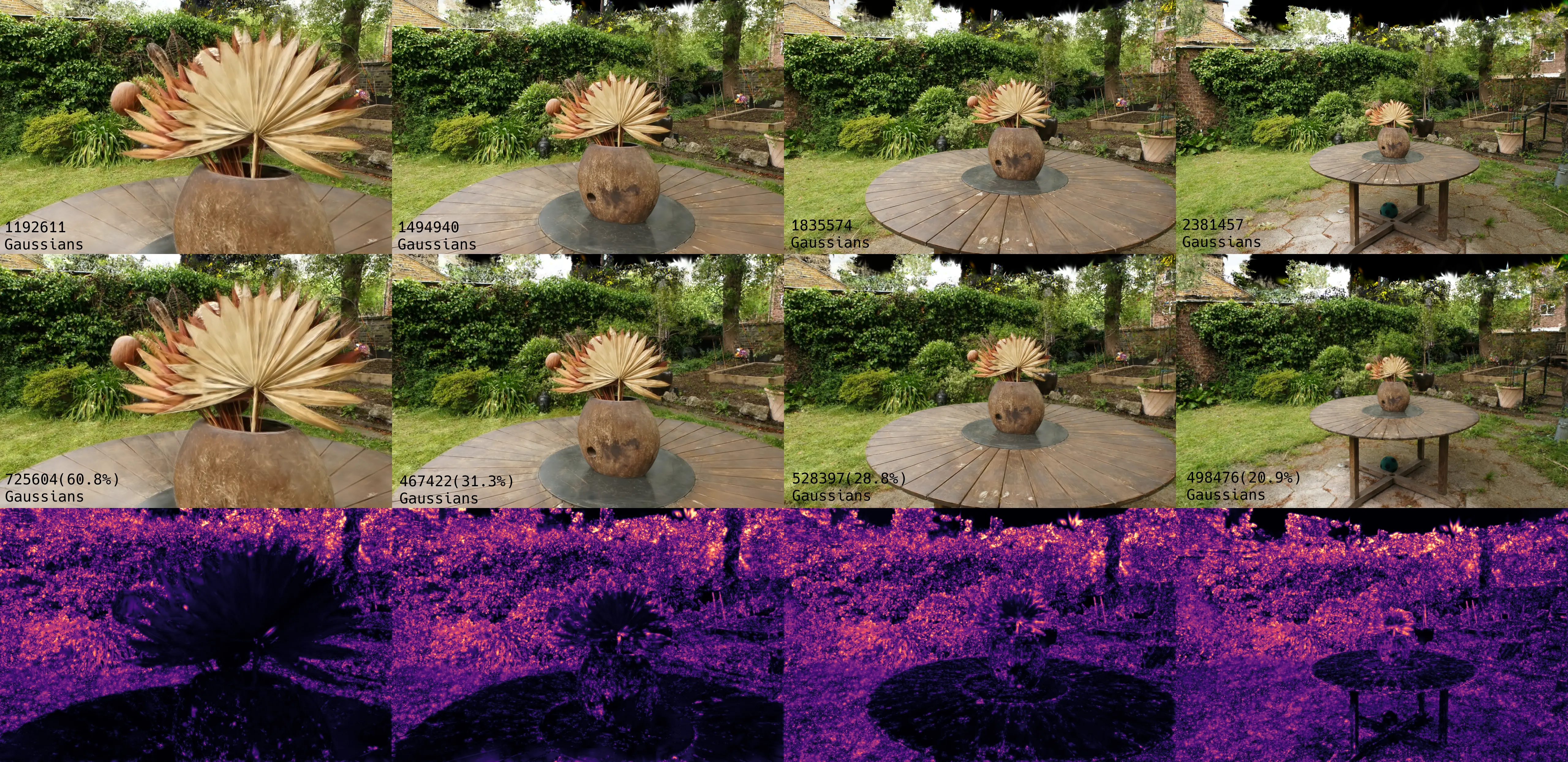
Comparisons on scene
BicycleandGarden. The third row is the FLIP heatmap for visualization.
- Hierarchical Level-of-Detail and Culling for Ray Tracing Geometry:
This project focuses on optimizing geometry bandwidth in ray tracing pipeline to reduce BVH build cost. Culling is theoretically infeasible in a ray tracing senario because of the potential visibility introduced by global illumination. However, we use certain heuristics to estimate the contribution of meshlets to the rendered image, and substitute those with low contributions with coarse level of detail, effectively "culling" out less important geometry to reduce cost.
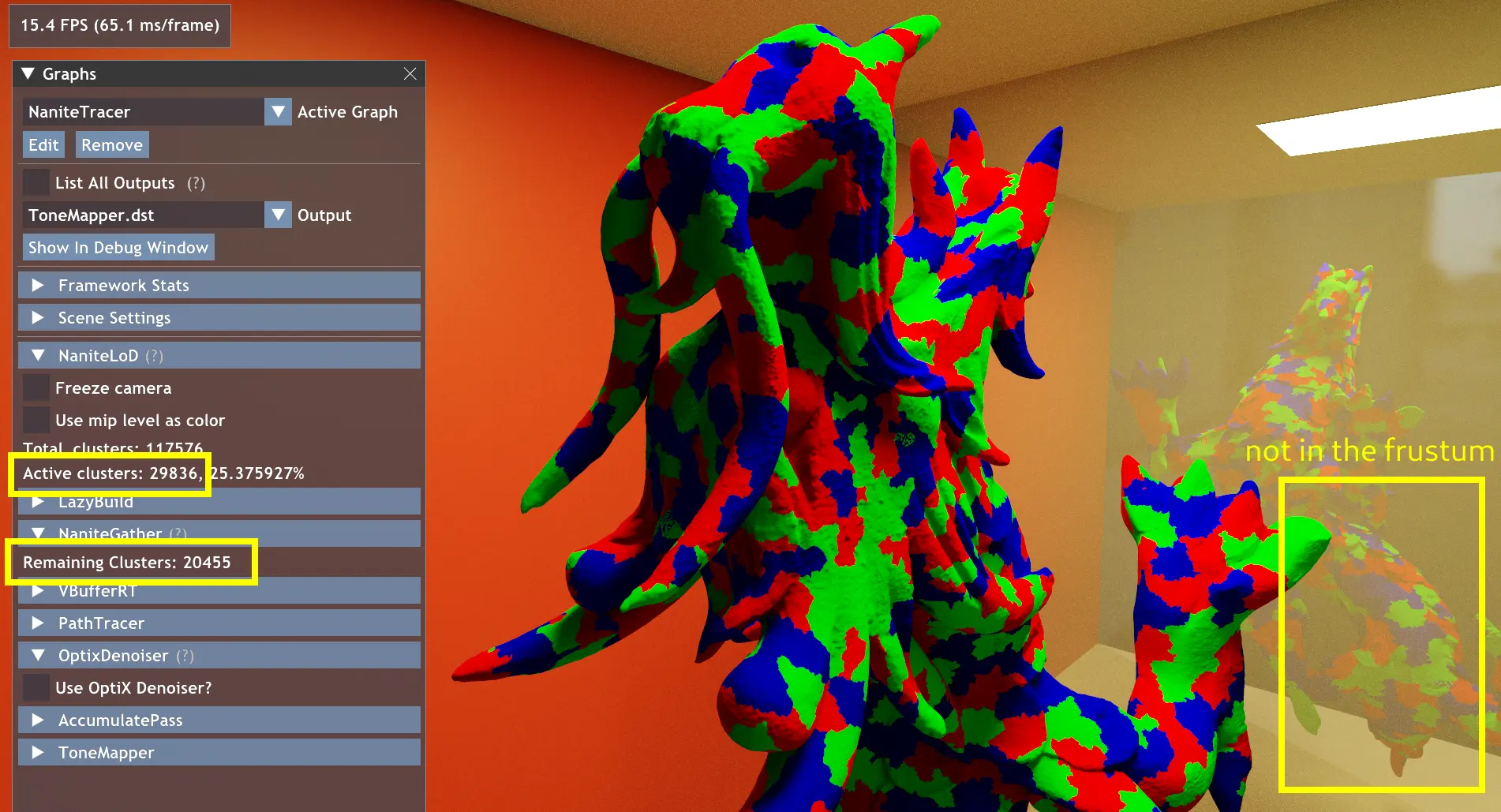
Indirectly visible clusters are rendered with less precision, reaching a 30% primitive reduction.
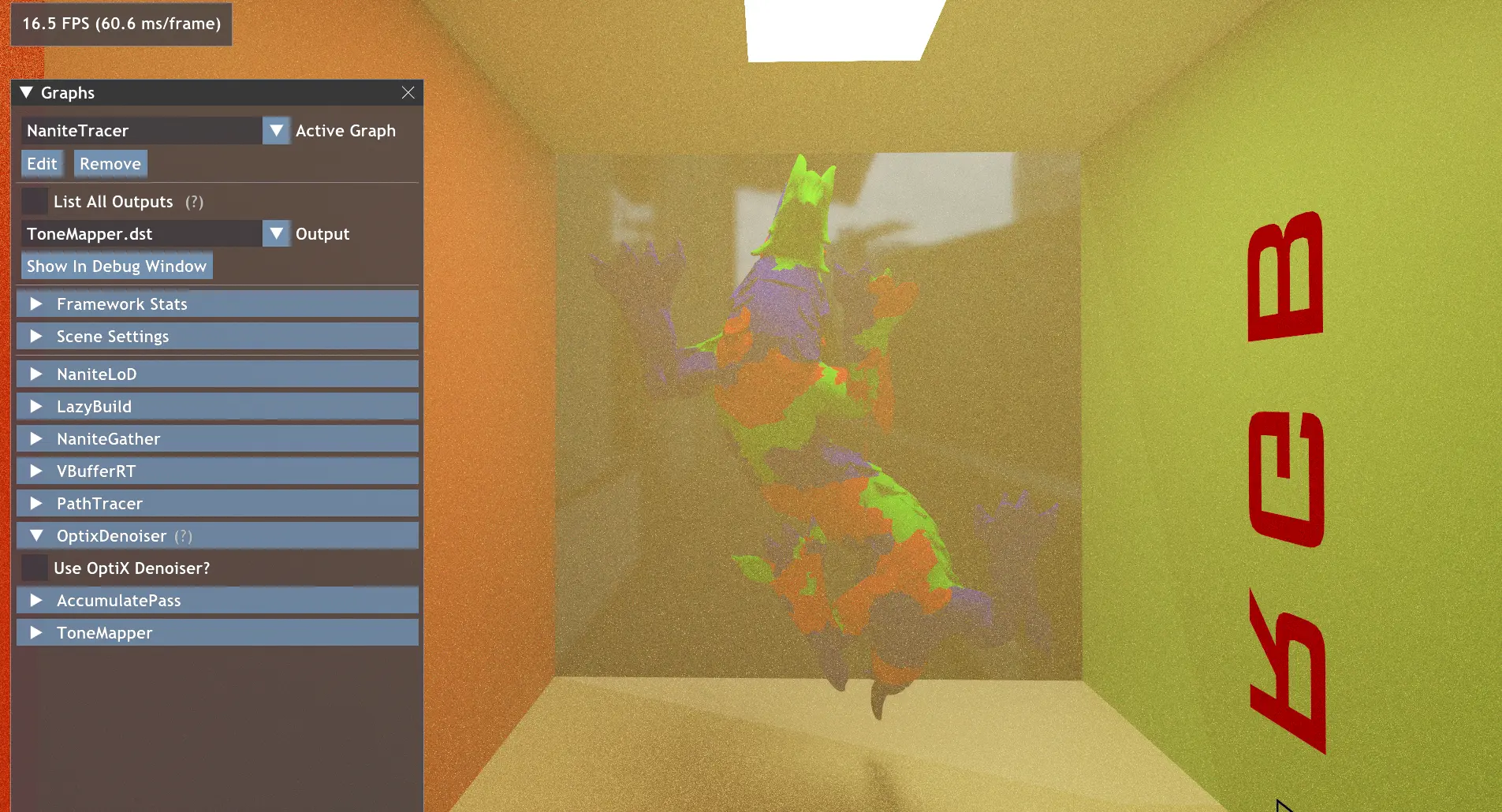
Even if the model is not directly visible, it is still preserved in the scene, but with lower fidelity.
- A distance field related project
Not publicly disclosed due to academic reasons.